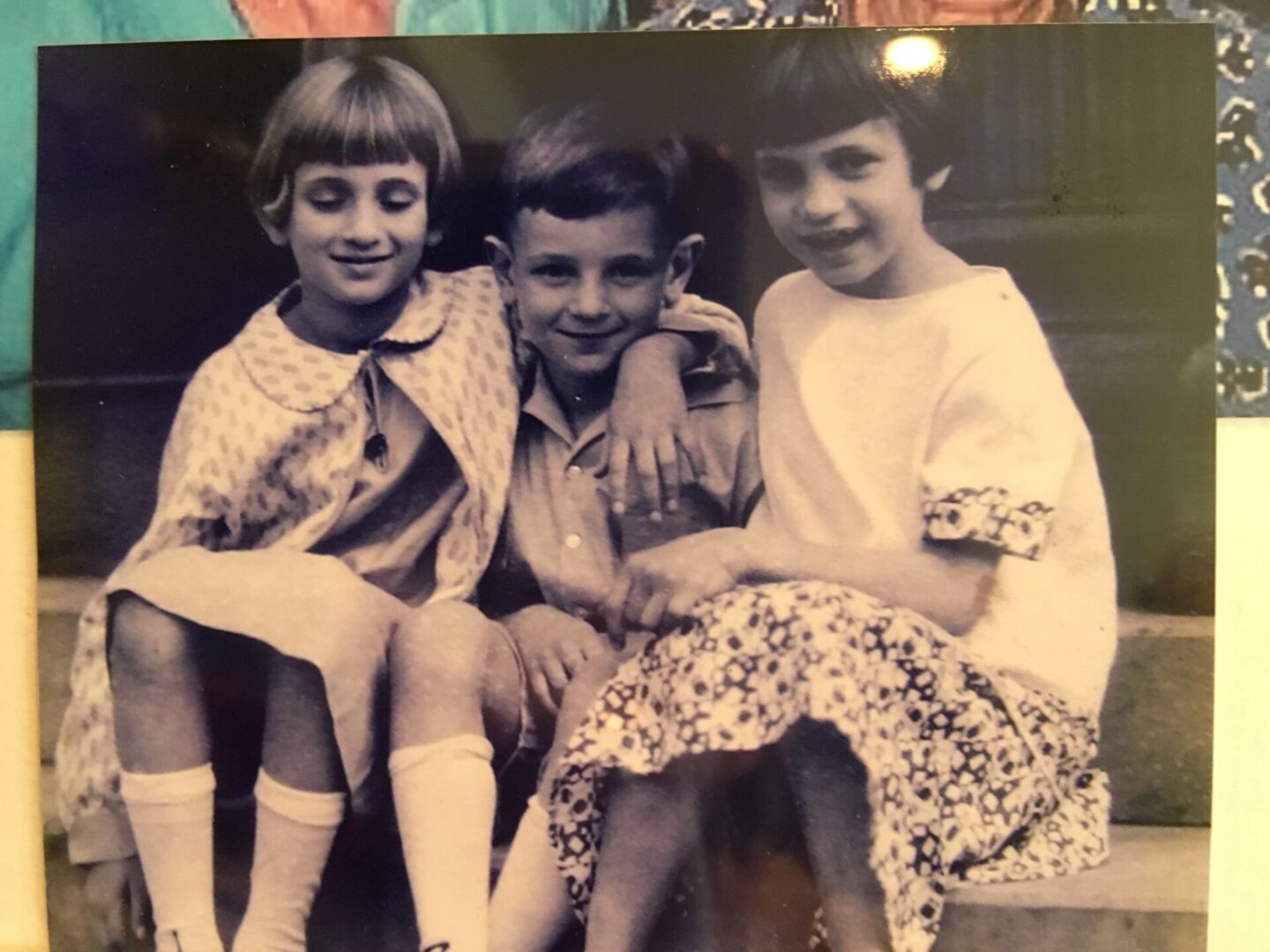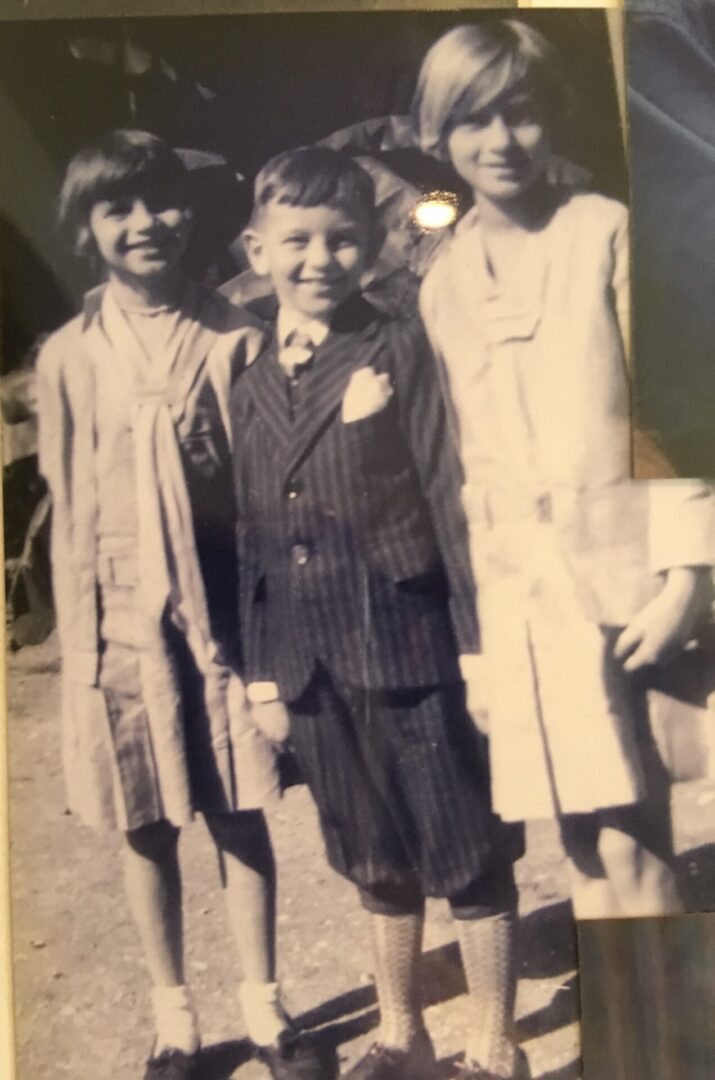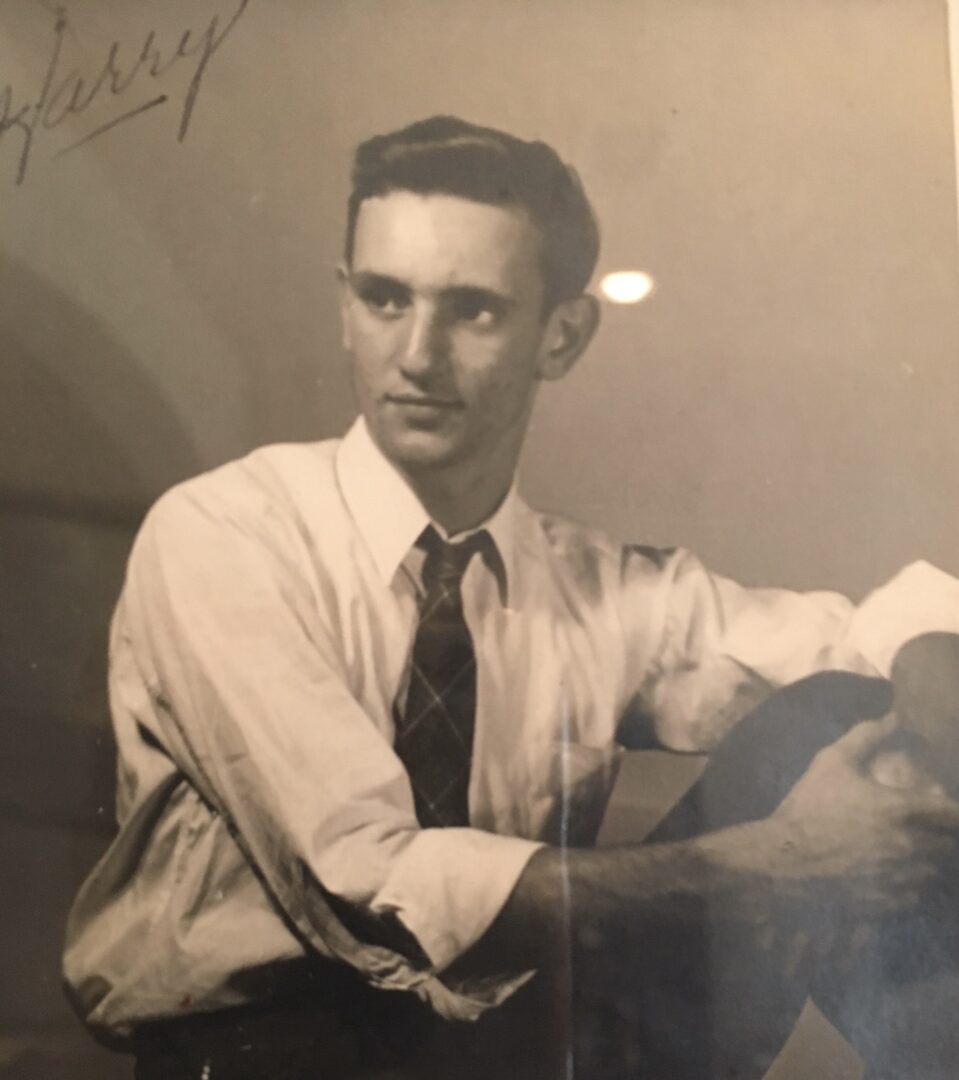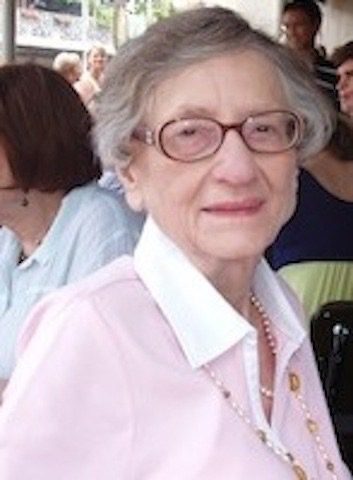Sonia, Frances, & Harry Kovner
In 1928, Lena Goodman Kovner was living with her three children in Shreveport, Louisiana. Whether her husband, Abe, had left or had died, was not discussed. All the children knew is that Lena, a seamstress, could not make ends meet by herself.
That year, with the recommendation of Rabbi Abram Brill of Shreveport, Lena admitted Sonia (7), Frances (5), and Zalmon Harry (3), to the Home.

Sonia, left, Harry, and Frances Kovner, c. 1930. Courtesy of Harry Kovner.

Frances Kovner, at left, with siblings Harry and Sonia, 1930. Courtesy of Harry Kovner.
Sonia lived in the Home until 1938 when she returned to her mother in Shreveport, where she worked in a retail clothing store. In 1946, as American affairs chairman of Hadassah’s local business and professionals group, Sonia reported that the group had sold $130,500 worth of victory bonds.
In 1948, she married Julian Richard Seip and moved to Lansing, Michigan, where he worked for General Motors.

Sonia Kovner Seip, 1948.
For the Home’s 1940 anniversary performance, Frances played the lead role of Toinette, a Creole woman, in “Toinette’s Philippe,” a play based on C.V. Jamison’s 1844 story of old New Orleans. Fellow Home peer Jimmy Whitehead portrayed Philippe, a young orphan. Frances, who left Newman School to attend Joseph Kohn Commercial High School for Girls, also wrote essays for the Times-Picayune’s “Biggest News Contest.” When Frances was discharged from the Home in 1940, she joined her mother and sister in Shreveport.
She later married Gunter “Jack” Zweig and raised two daughters in Silver Spring, Maryland. She died in 2011 in Kansas City, Missouri.
Frances Kovner Zweig, 2011, from Dignity Memorial.
During the years he attended Newman School, Harry played junior varsity basketball, although he had his sites set on a steady career instead of college. He had enjoyed learning how to fix things from Bill Parker, the Home’s head engineer, who Harry said “kind took me under his wing.” He transferred from Newman, first to attend S.J. Peters Commercial High School for Boys, but found it unrewarding. When the opportunity arose, he transferred again, this time to Delgado Central Trades School, where he excelled at mechanical drawing.
In 1942, when he left the Home, the war created jobs for skilled workers. He had taken advantage of a special war-time diploma that enabled him to complete his training in two years rather than three. His first job as a helper on a hospital construction job led him into his lifelong career as plumbing contractor.
Other Home experiences prepared Harry for life. When he went into the army as a quartermaster plumber, he was comfortable being around a lot of people all the time. And when he later volunteered at the American Legion, he had no qualms about cooking for large groups of people, which was not much different than the time he spent helping Lottie Hopkins, head cook, in the Home’s big kitchen.
In 1943, Harry married Estelle Kaplan and raised a family. He died in 2019 at age 95.

Harry Kovner, c. 1940. Photo by Claude Jacoby, a war-time German immigrant who taught photography to Home children in exchange for room and board. Courtesy of Harry Kovner.
In 2004, Ned Goldberg, Executive Director of JCRS, interviewed Harry Kovner about his childhood in the Home. Watch the video here.

